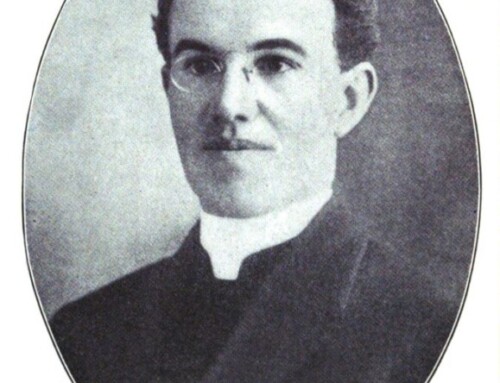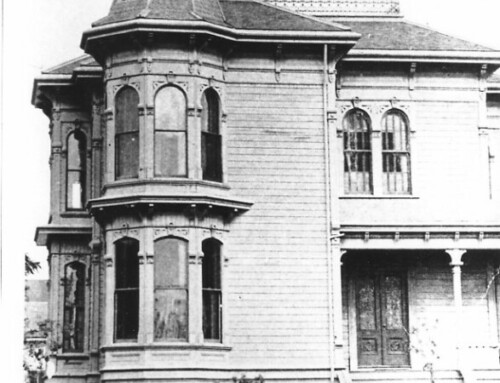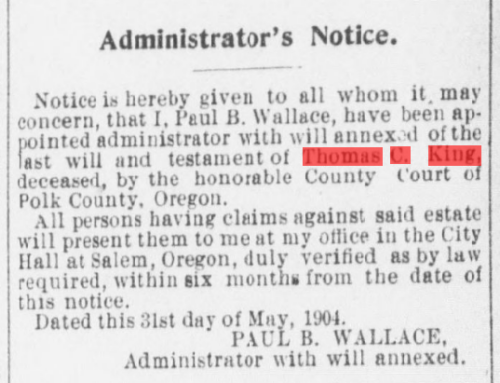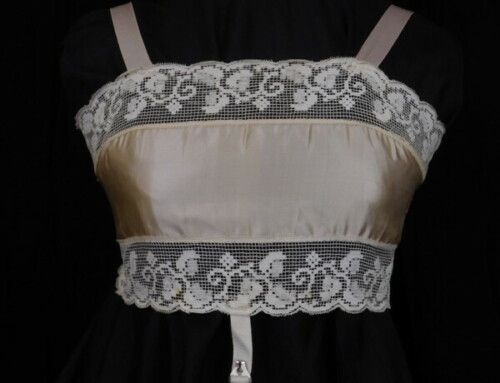 It’s about a week late for Veterans Day, but I found a copy of W. Carlton Smith’s Drill Regulations and Service Manual for Sanitary Troops: United States Army in the archives today. Originally published in 1914, Dr. Smith’s copy is corrected through April 15, 1917. The manual is a fascinating look into the operating procedures of the US Army during WWI. It includes everything from how to position a patient on a litter to how to care for draft animals in the field. I’ve included some excerpts below.
It’s about a week late for Veterans Day, but I found a copy of W. Carlton Smith’s Drill Regulations and Service Manual for Sanitary Troops: United States Army in the archives today. Originally published in 1914, Dr. Smith’s copy is corrected through April 15, 1917. The manual is a fascinating look into the operating procedures of the US Army during WWI. It includes everything from how to position a patient on a litter to how to care for draft animals in the field. I’ve included some excerpts below.
Dr. W. Carlton Smith was born in Salem around 1873. He graduated from the University of Oregon in 1897 and received his medical degree in 1902 from the St. Louis Medical University in St. Louis, MO. He set up his medical practice in Salem in 1902 and treated the people of Salem until his death in 1930. He served as Commander of the 363 Field Hospital Company, 316th Sanitary Train, 91st Division in WWI in France. Dr. Smith’s uniform and some of his military equipment including this manual were donated to the Marion County Historical Society in 1987.
Also included in the stack of materials found today was a program for the opera Pénélope performed in Paris at the Théatre National de l’Opéra Comique on January 23, 1919, guidebooks to the Hôtel des Invalides and Musée de l’Armée and Saint-Malo, and a copy of the Rules of Land Warfare.
Excerpt from Drill Regulations and Service Manual for Sanitary Troops, 1914 (MCHS 0087.035.0054:
The Ambulance, Model, 1909
The ambulance is a four-wheeled vehicle, ordinarily drawn by two animals in garrison and four in the filed. It provides transportation for eight men sitting or four recumbent on litters, or four sitting and two recumbent. It is fitted with two hinged seats which, when not used as such, are folded one against each side. The arrangements for supporting the litters consist of two center posts and eight straps. Fastened to each of the center posts is a hanger for the inside handles of the litter, and opposite each hanger and attached to the side of the ambulance is a strap to hold the outside handles. The floor is 7.5 feet long and 4 feet wide.
Spare parts and additional articles are carried by each ambulance. In the field there should be an orderly with each ambulance, who rides on the seat beside the driver. When the orderly is present it is his duty to open and close the tail gate, raise and lower the curtain (when necessary), and , as far as practicable, to prepare the interior of the ambulance before the patients arrive. He may also assist in loading and unloading…
Watering
362. Horses must be watered quietly and without confusion; the manner in which this duty is performed is often a good test of the discipline of a mounted command.
Horses are to be led to and from water at a walk. At the drinking place no horse should be hurried or have his head jerked up from the water.
On the march, the oftener the animals are watered, the better, especially as it is not usually known when water may be obtained again. Many watering places not otherwise available may be used by watering from buckets. In warm weather water drawn from a cold well or spring should stand long enough for the chill to pass off.
The horses are watered under the immediate direction of the platoon leaders, but if they are liable to meet those of other commands at the watering place a commissioned officer should supervise this duty.
Horses should be watered before feeding or not until two hours after feeding. The rule is to allow water in small quantities, and often; in hot weather as often as practicable. In very cold weather once a day, about noon, is sufficient. A horse will rarely drink freely very early in the morning…








Leave A Comment